Complete the following reactions :
(a) 
(b) 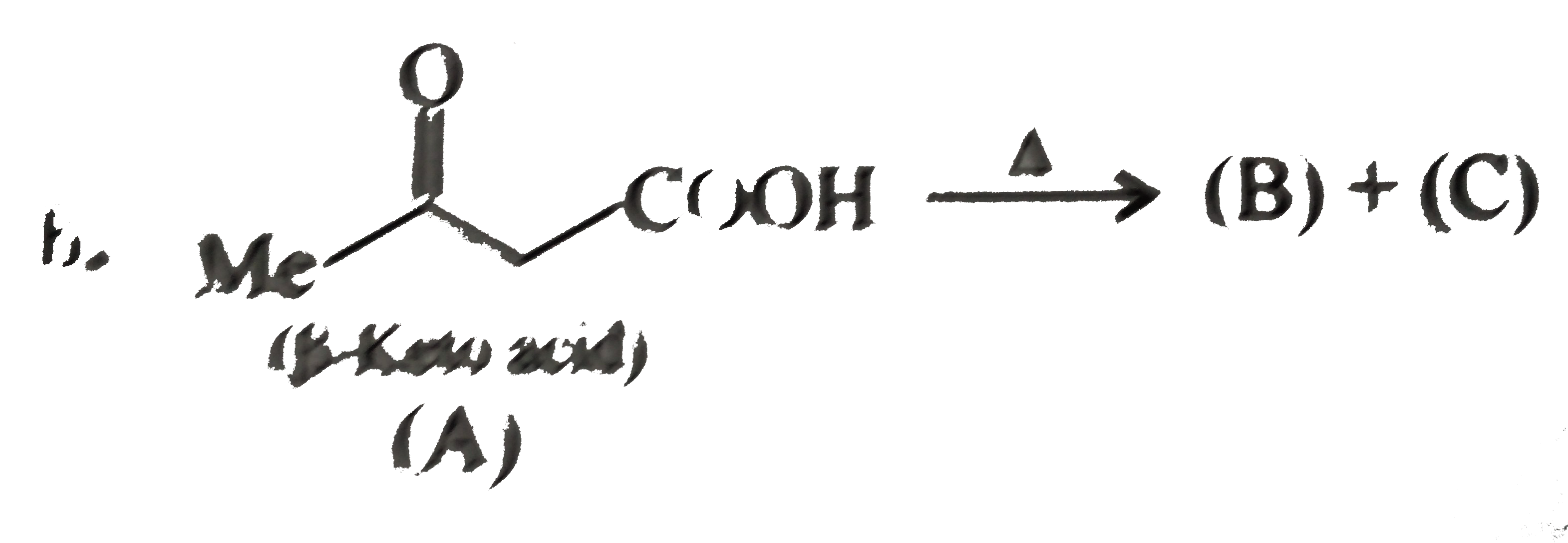
( c) 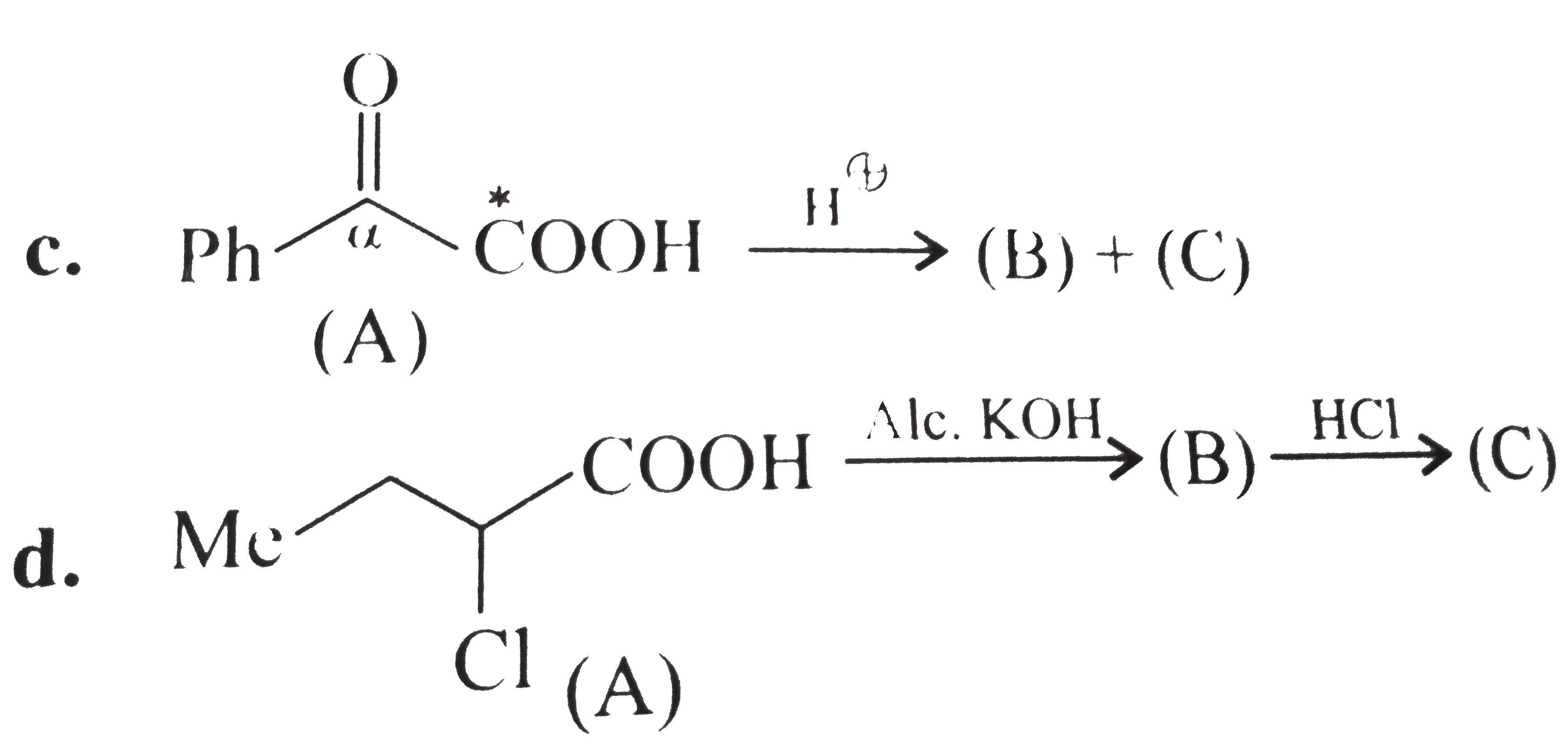
(a) 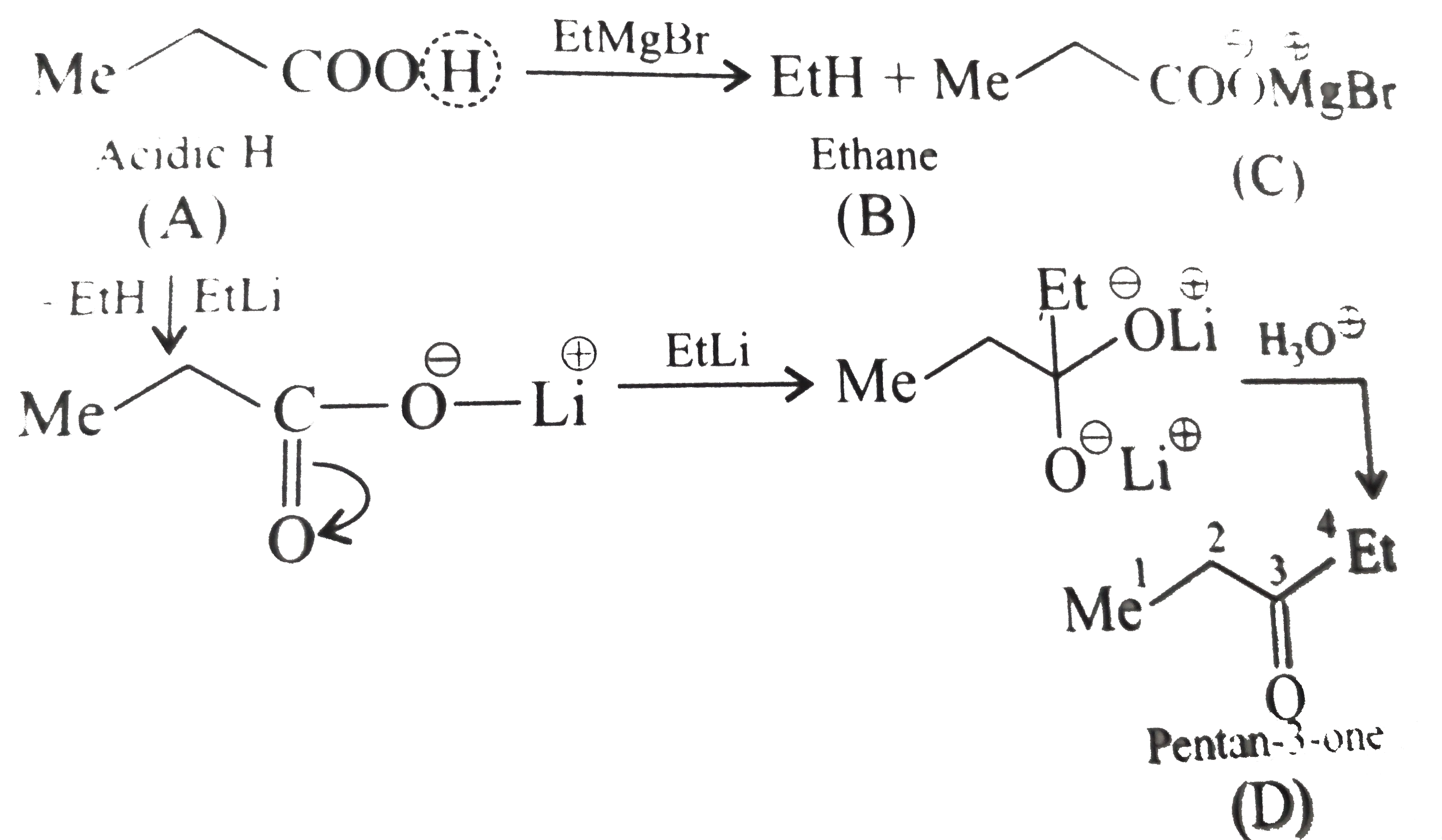
Li is more electropositive than Mg. The (−δR−−δMg) bond. R from (R−Li) has more negative charge than R from (R−Mg) and thus is a strong nucleophile and is capable of additing to the (C=O)bond of COOӨ.
(b) 
(β−Keto acid undergoes easy decarboxylation via intramolecular H−bonding).
( c) 
The result shows that the (∗)CO has come from (∗)COOH, not from (C=O).
(d) 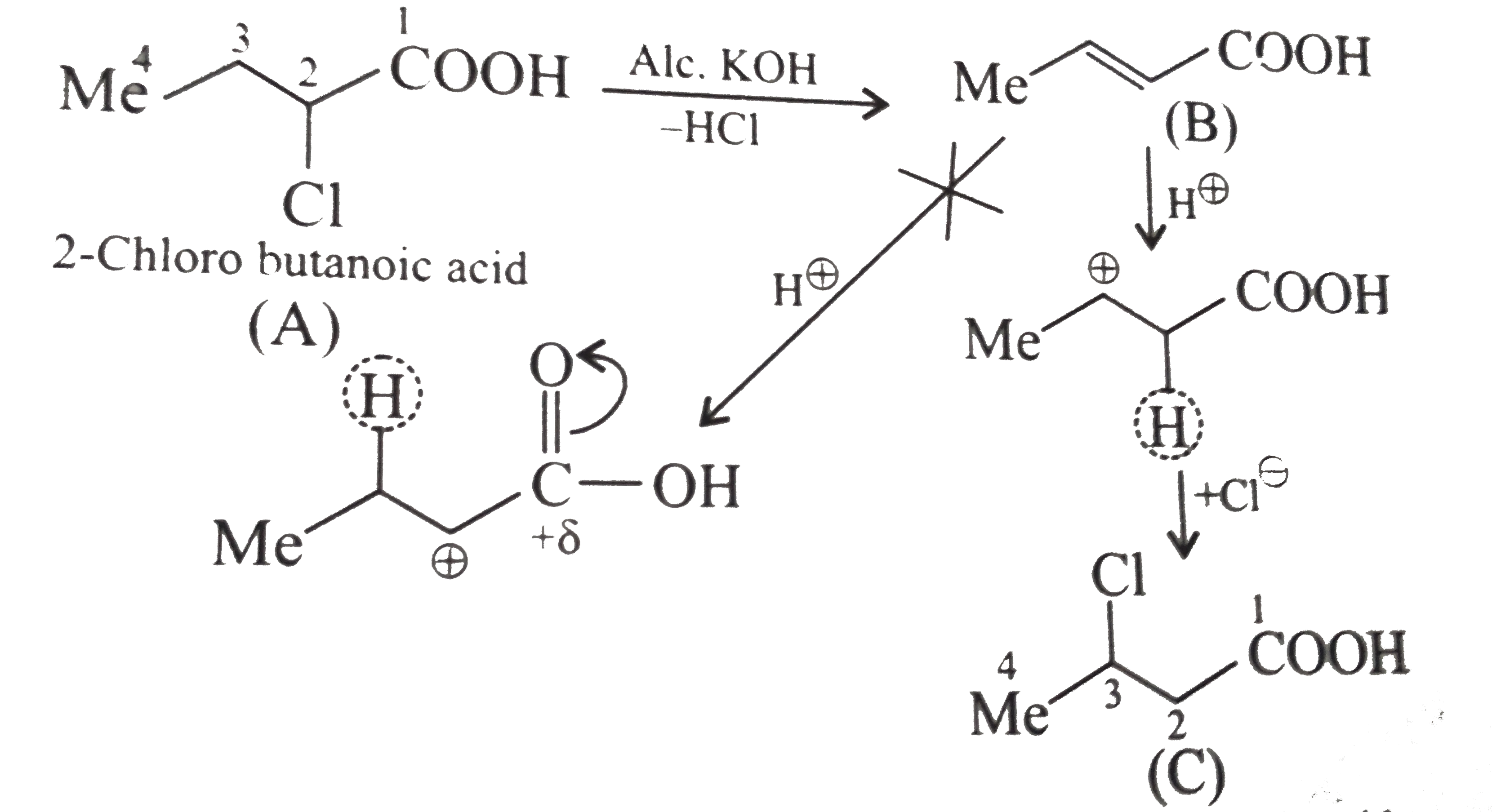 .
.
Topper's Solved these Questions
- BOOK - CENGAGE CHEMISTRYCHAPTER - CARBOXYLIC ACIDS AND THEIR DERIVATIVESEXERCISE - Solved Examples17videos
CARBOXYLIC ACIDS AND THEIR DERIVATIVES
- BOOK - CENGAGE CHEMISTRYCHAPTER - CARBOXYLIC ACIDS AND THEIR DERIVATIVESEXERCISE - Exercises (Subjective)19videos
CARBOXYLIC ACIDS AND THEIR DERIVATIVES
- BOOK - CENGAGE CHEMISTRYCHAPTER - BIOMOLECULES, POLYMERS AND CHEMISTRY IN EVERYDAY LIFEEXERCISE - QUESTION BANK8videos
BIOMOLECULES, POLYMERS AND CHEMISTRY IN EVERYDAY LIFE
- BOOK - CENGAGE CHEMISTRYCHAPTER - CHEMICAL KINETICSEXERCISE - Archives Subjective23videos
CHEMICAL KINETICS
Similar Questions
Complete the following reaction :
(a)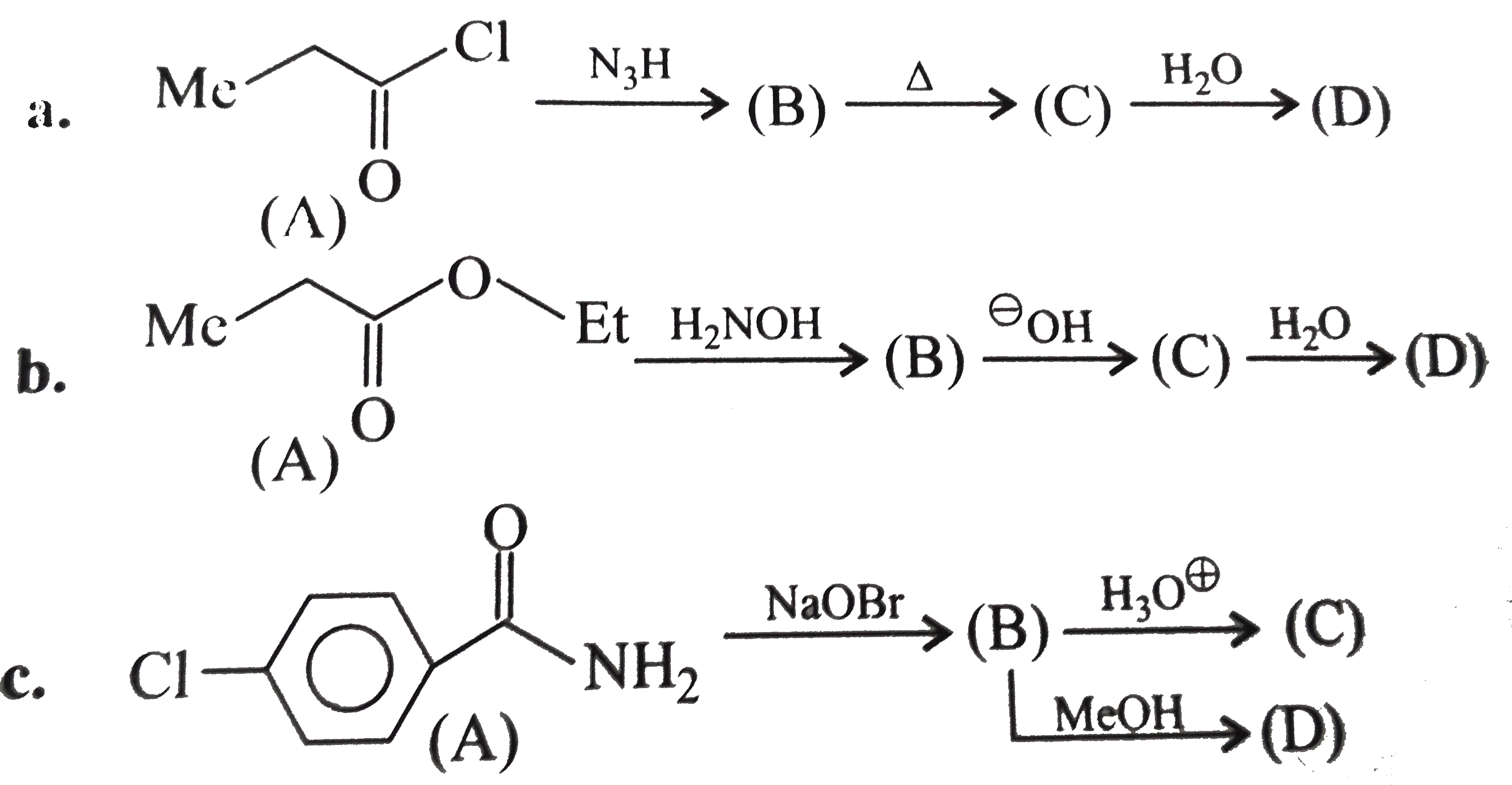
(b)
( c)
(d)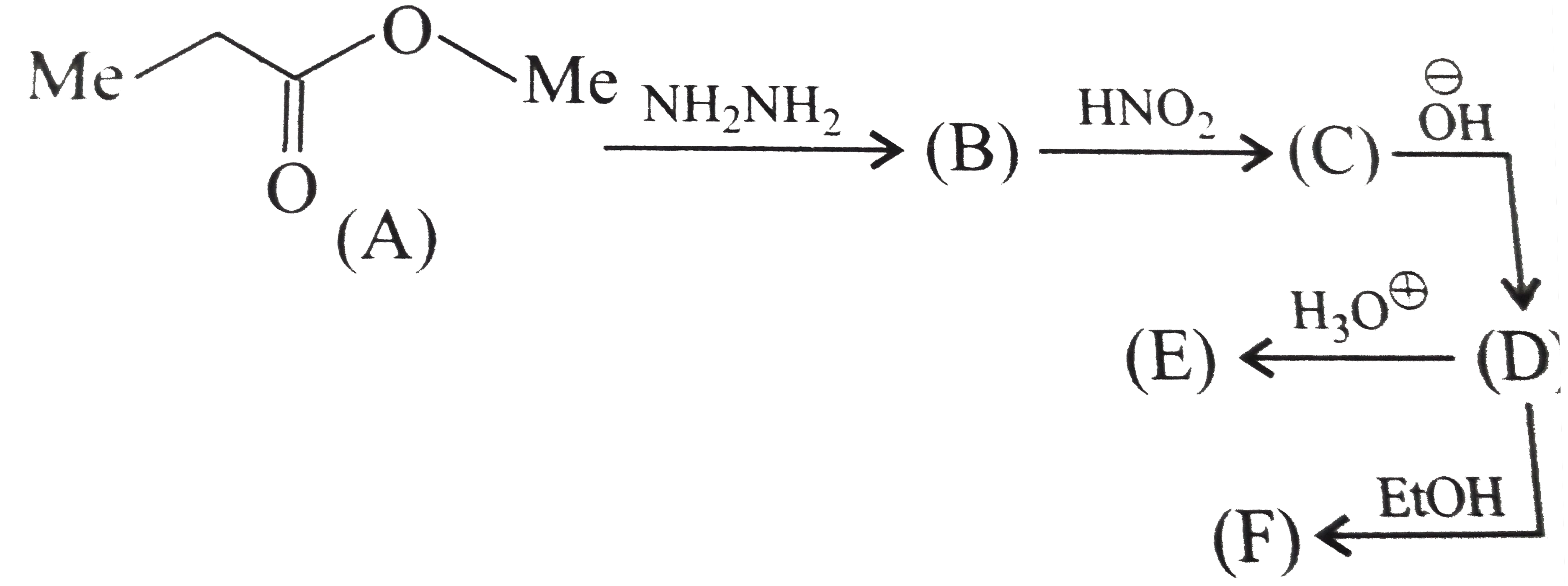
( e)
(f) PhCHON3H/H⊕−−−−−→Δ(B)H3O⊕−−−→(C)+(D)
(g) View Solution
View SolutionComplete the following chain of reactions :
 View Solution
View SolutionComplete the following chain of reactions:
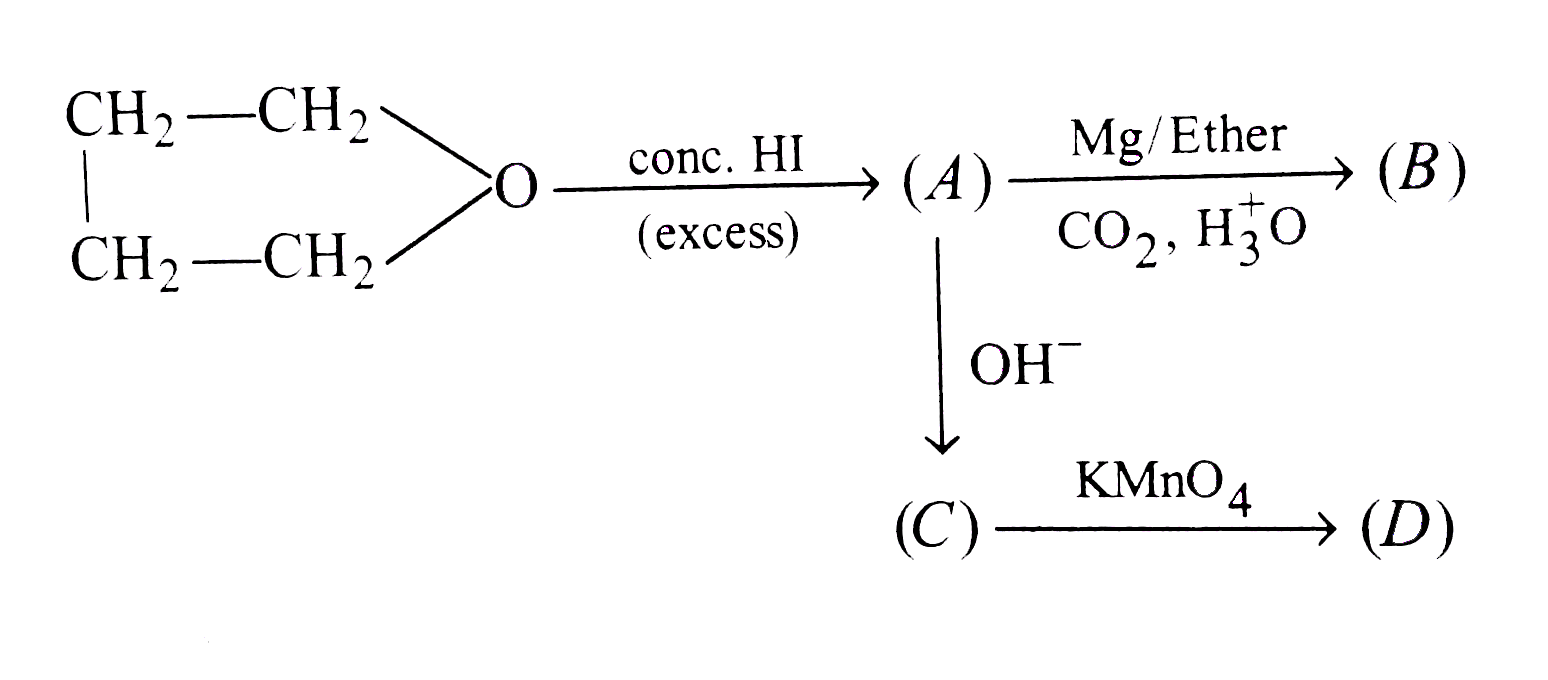 View Solution
View SolutionComplete the following chain of reactions :
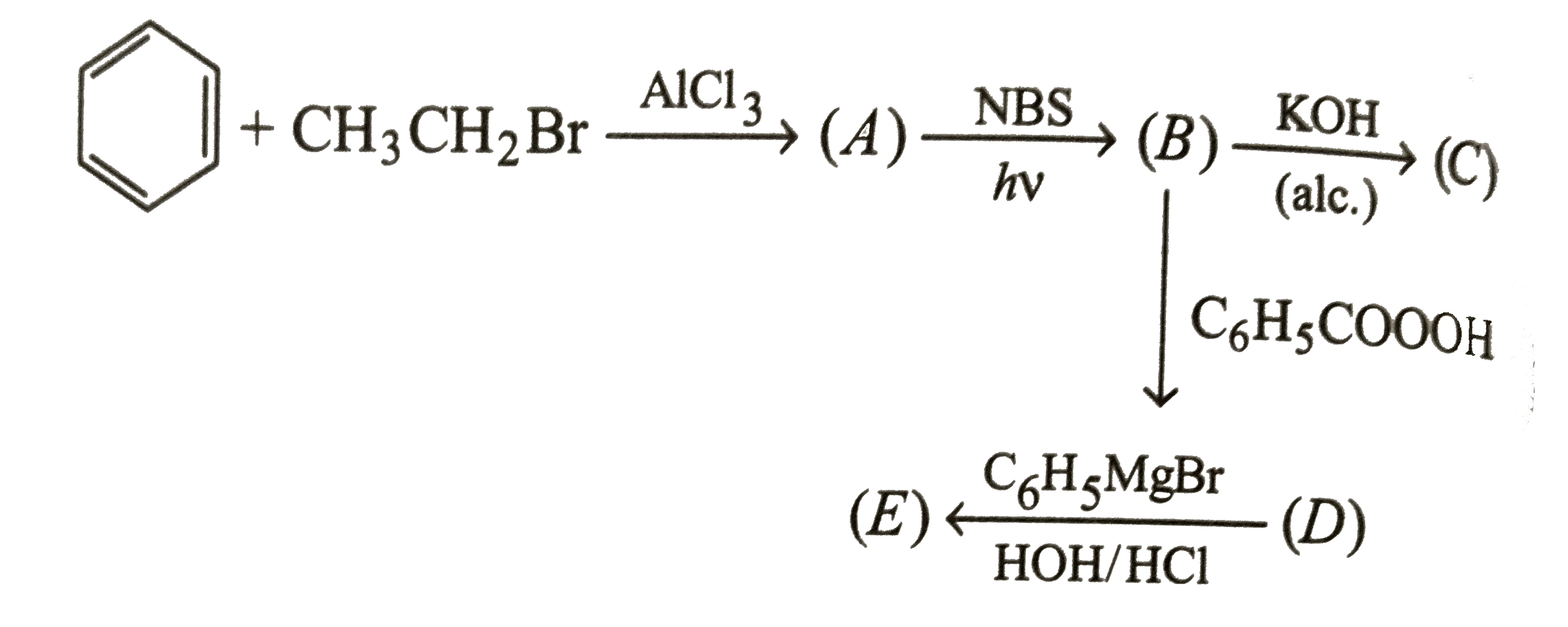 View Solution
View SolutionComplete the following :
a.
b.
c. View Solution
View SolutionComplete the following reactions :
(a) 2MeMgBr+CdCl2→(A)2PhO∣∣C−Cl−−−−−−→(B)+(C)
(b)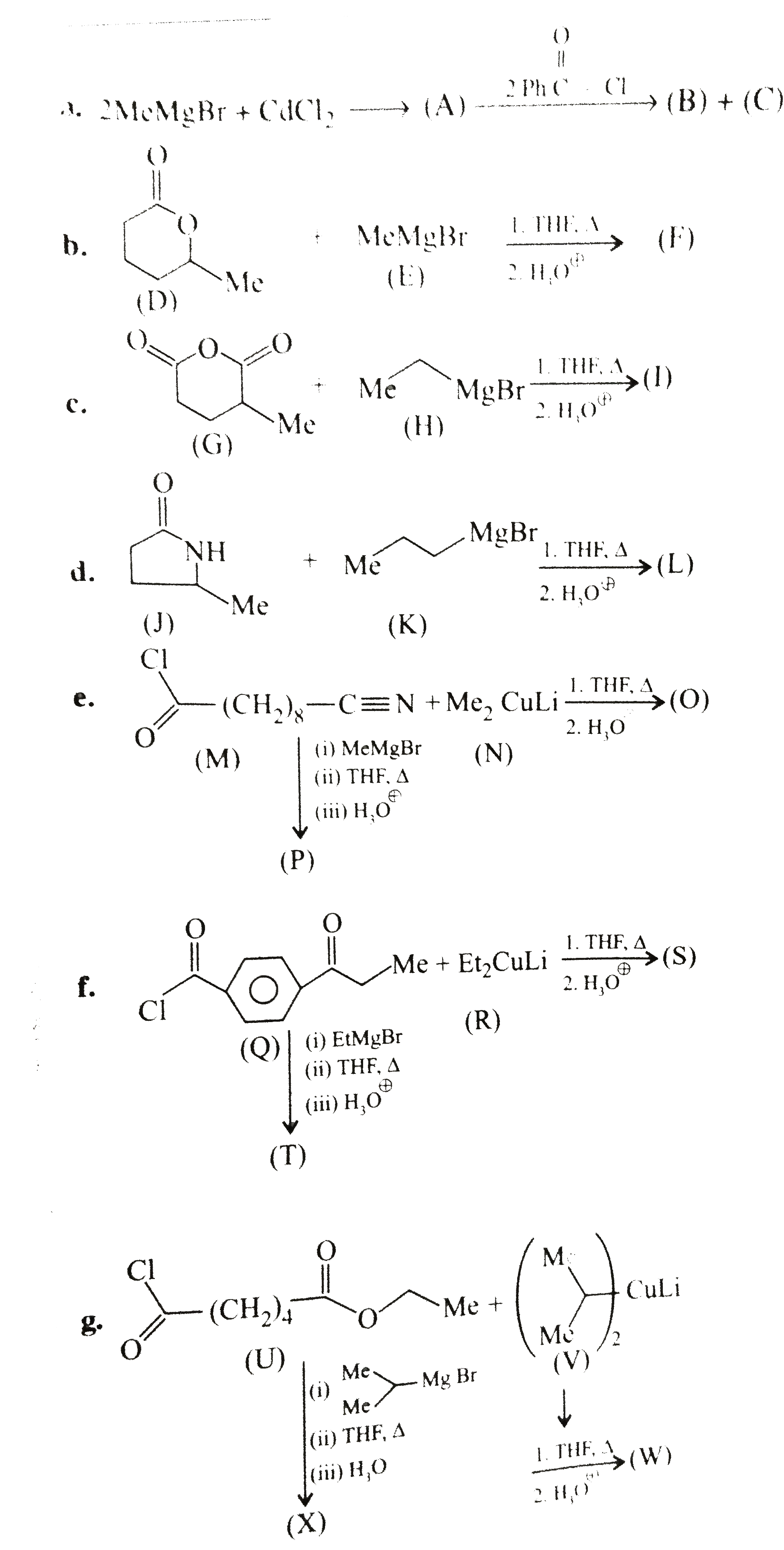 View Solution
View SolutionComplete the following reactions :
C2H4+O2→View SolutionComplete the following reaction :
C(graphite) + HNO3 (conc.) →View Solution(a) Complete the following reaction :

(b) Which of the following reactions is not possible ?
(I)
(III) CH3OH+PhOLi
(IV)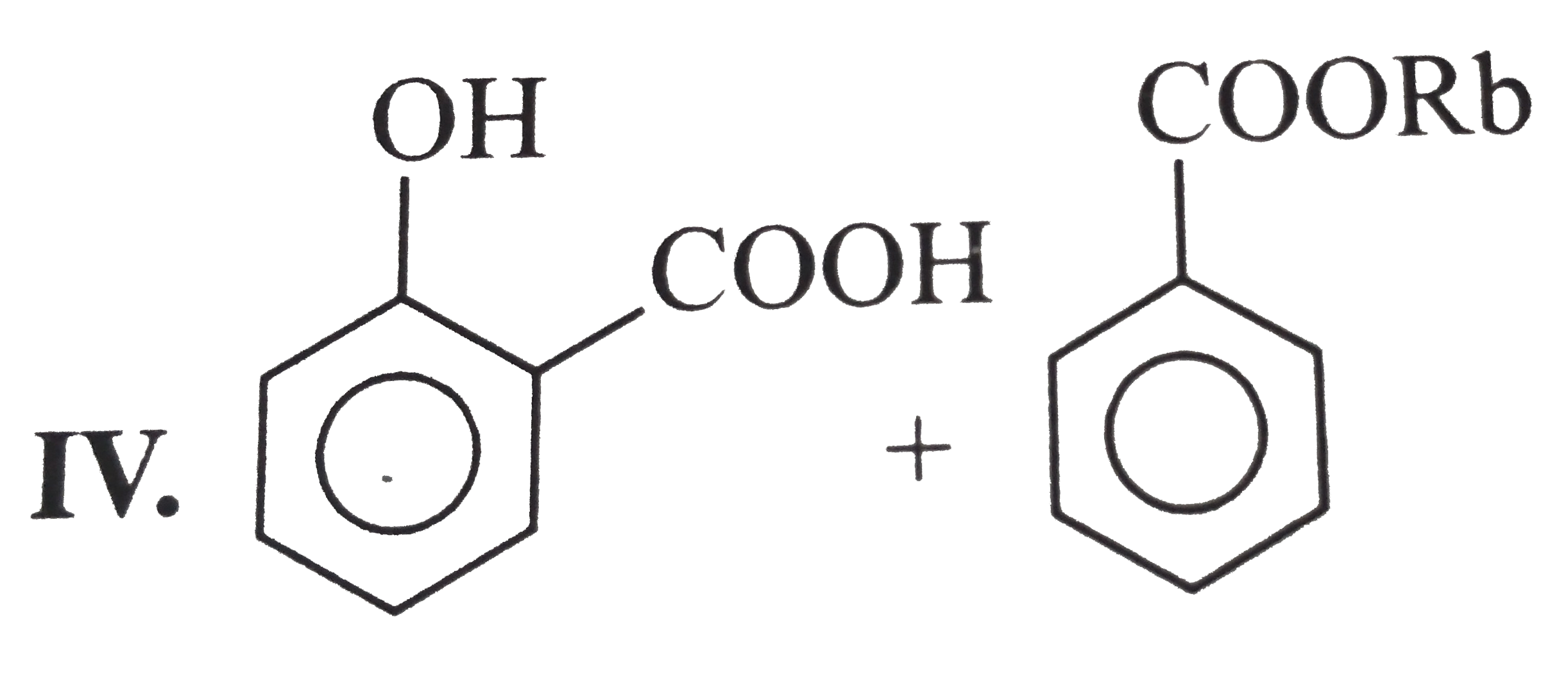 .View Solution
.View SolutionComplete the following reactions:
a.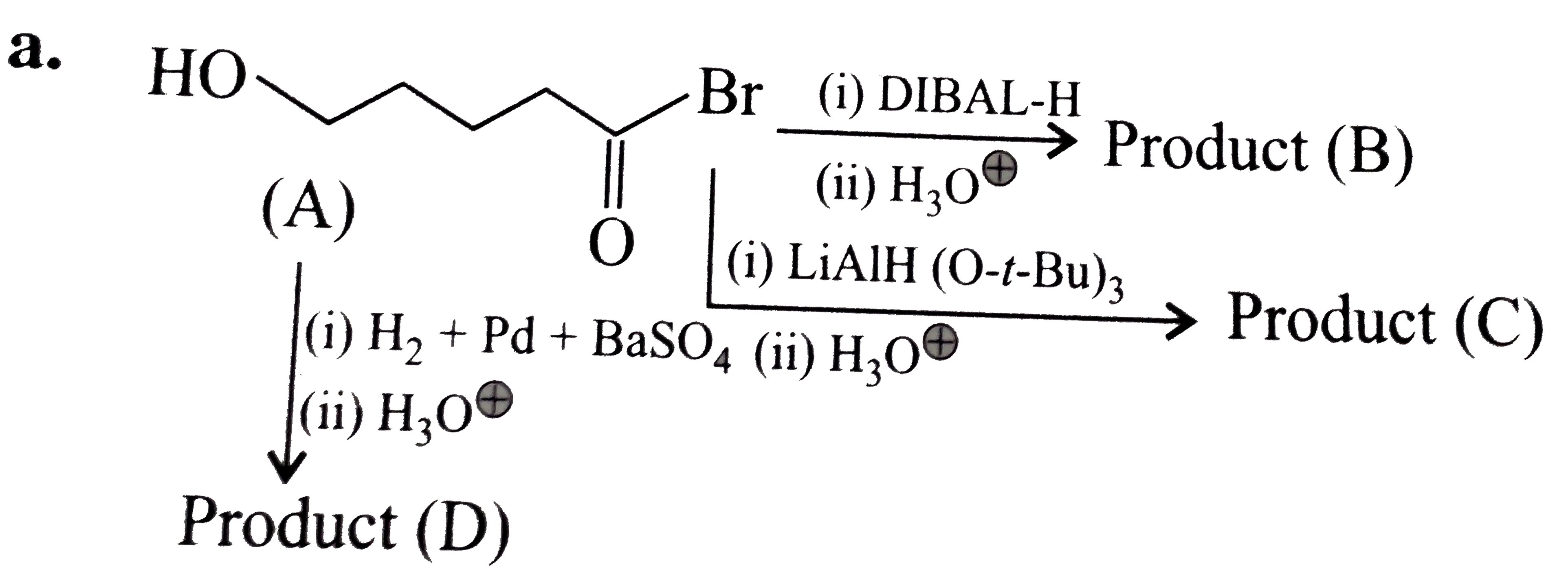
b. Give the major products of the following:
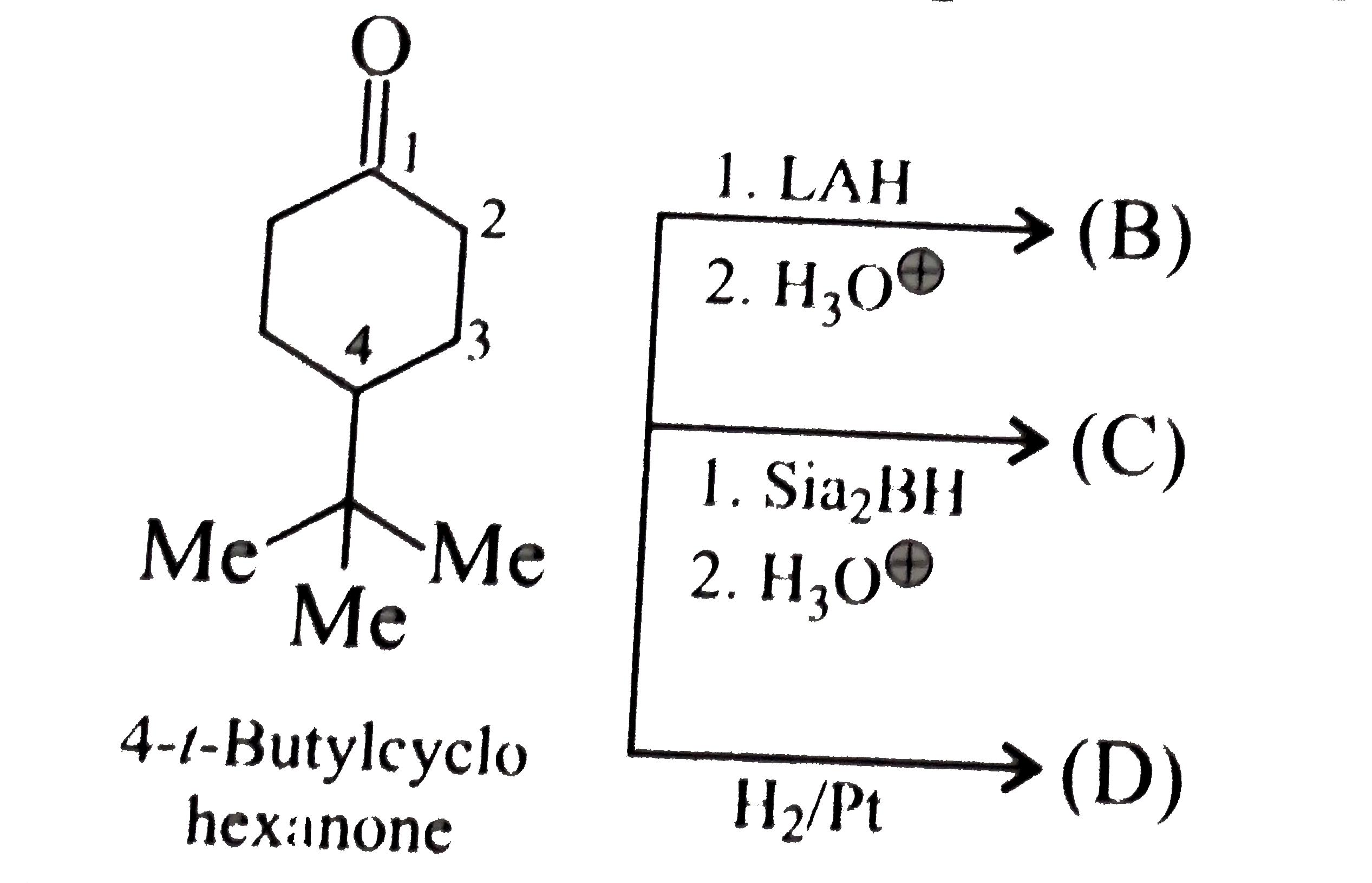 View Solution
View Solution

